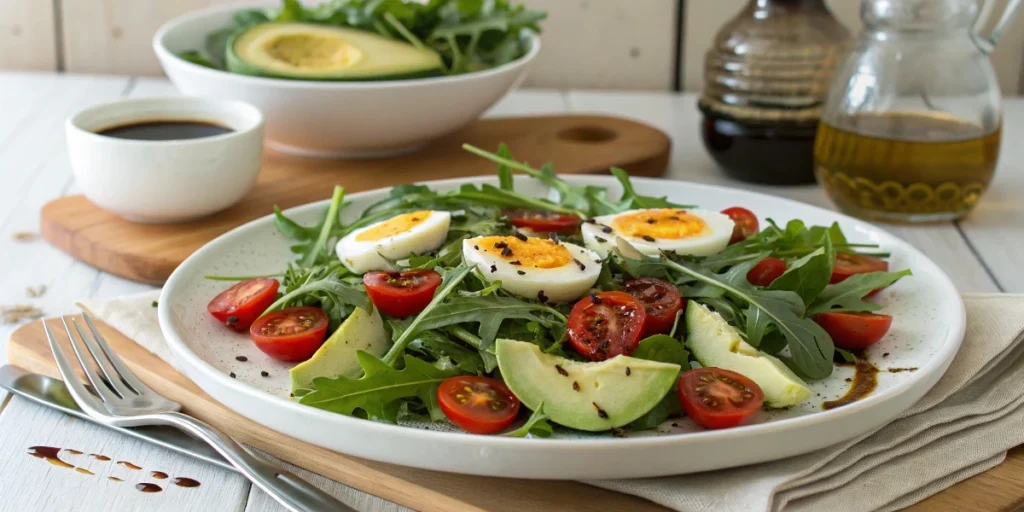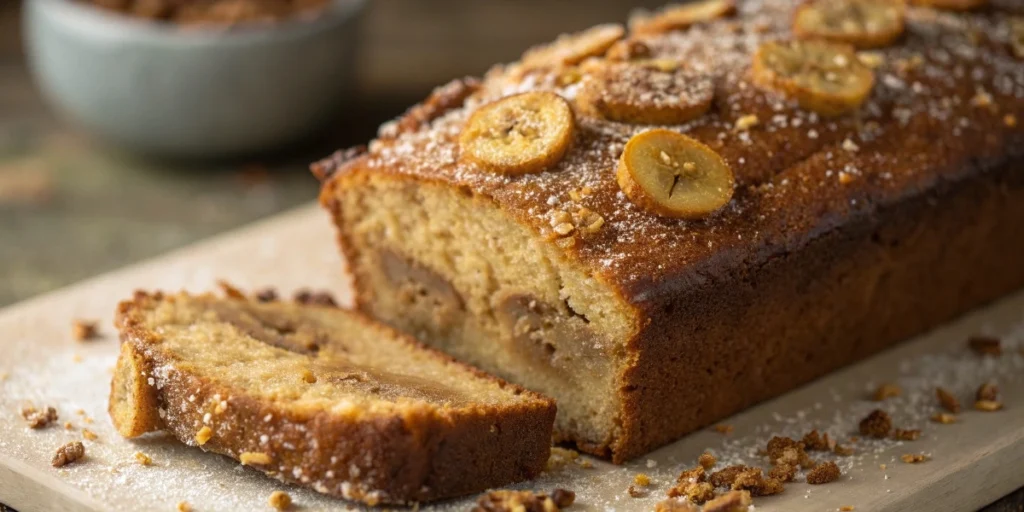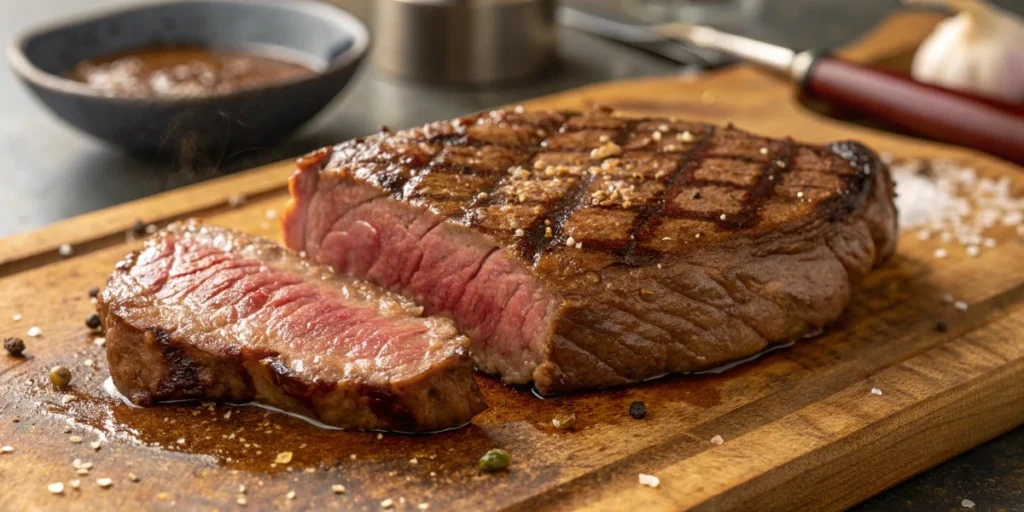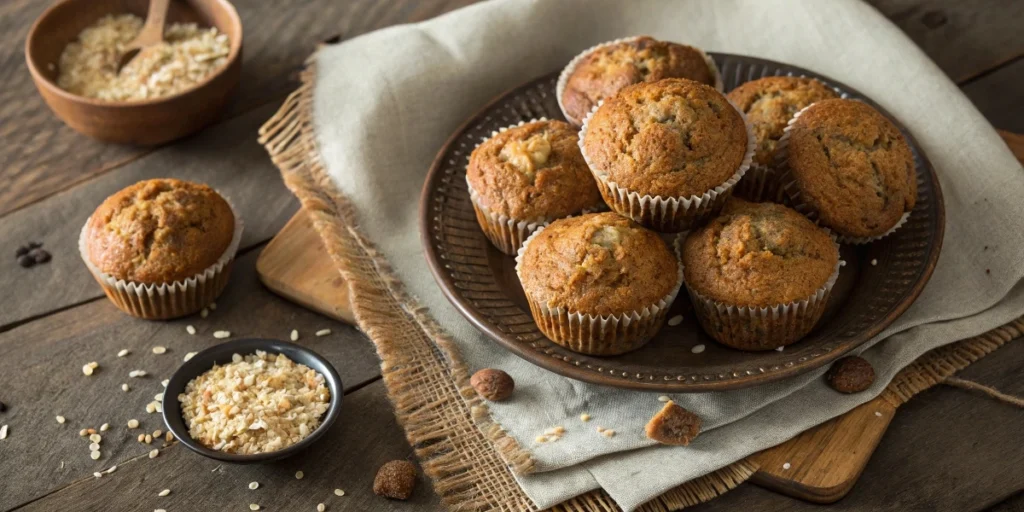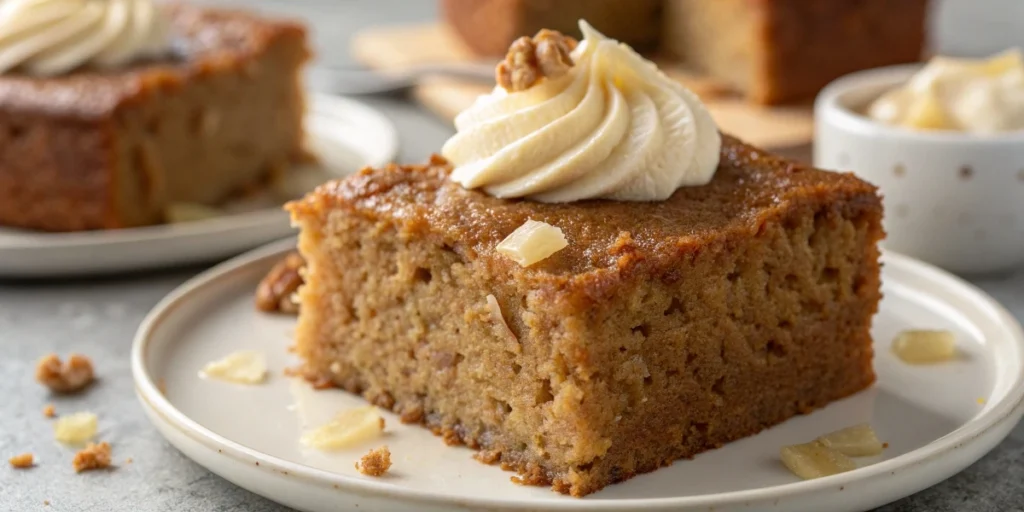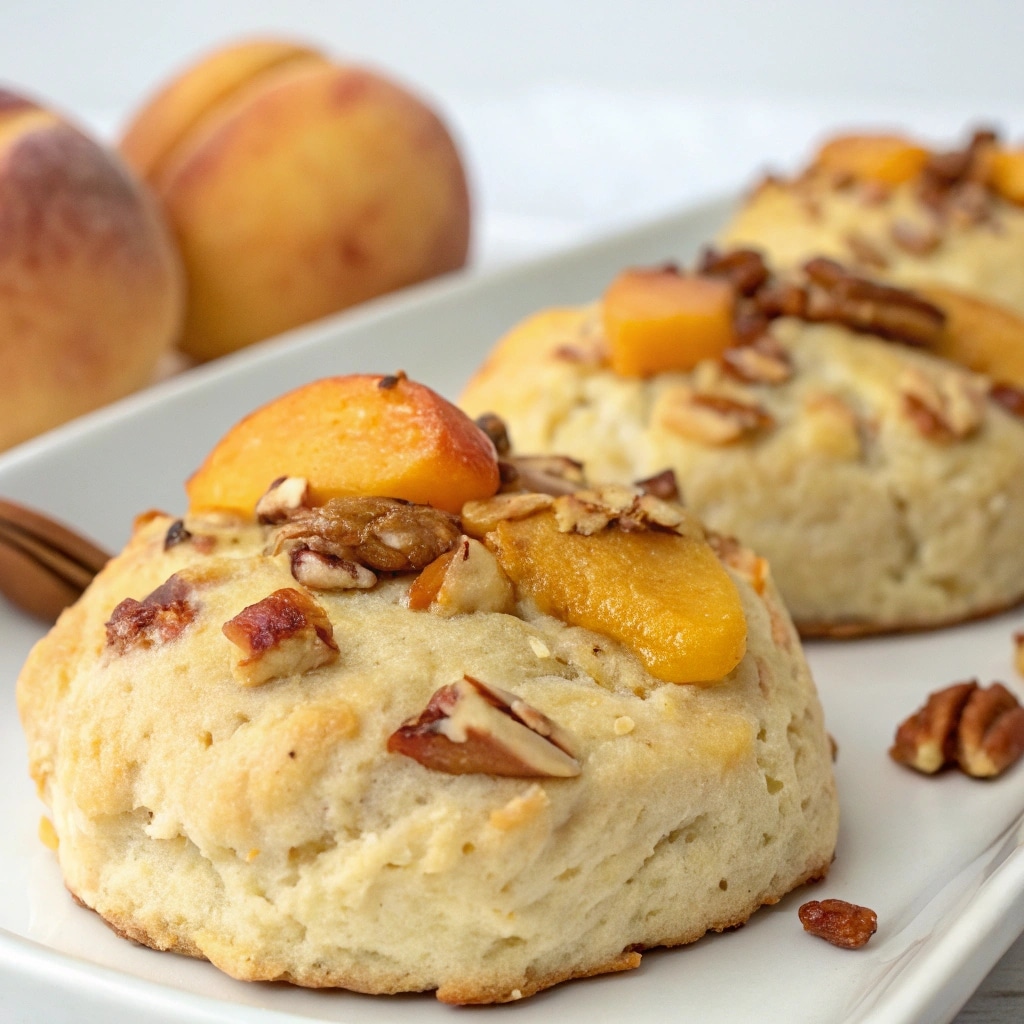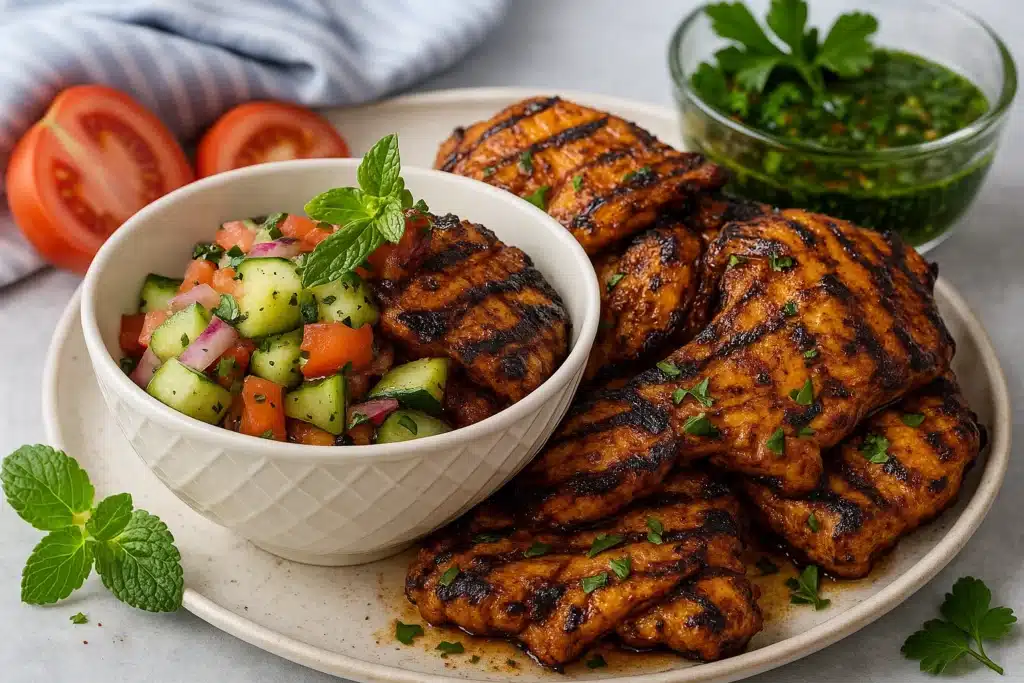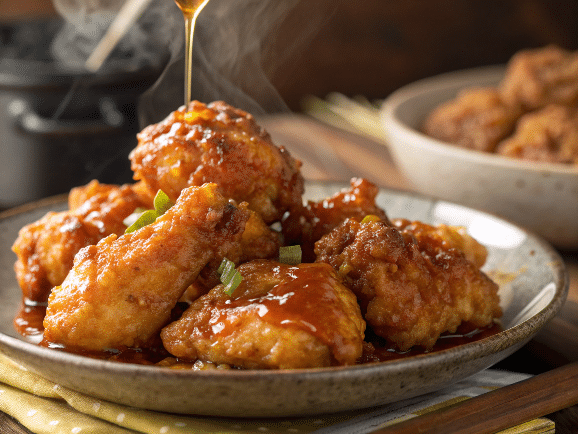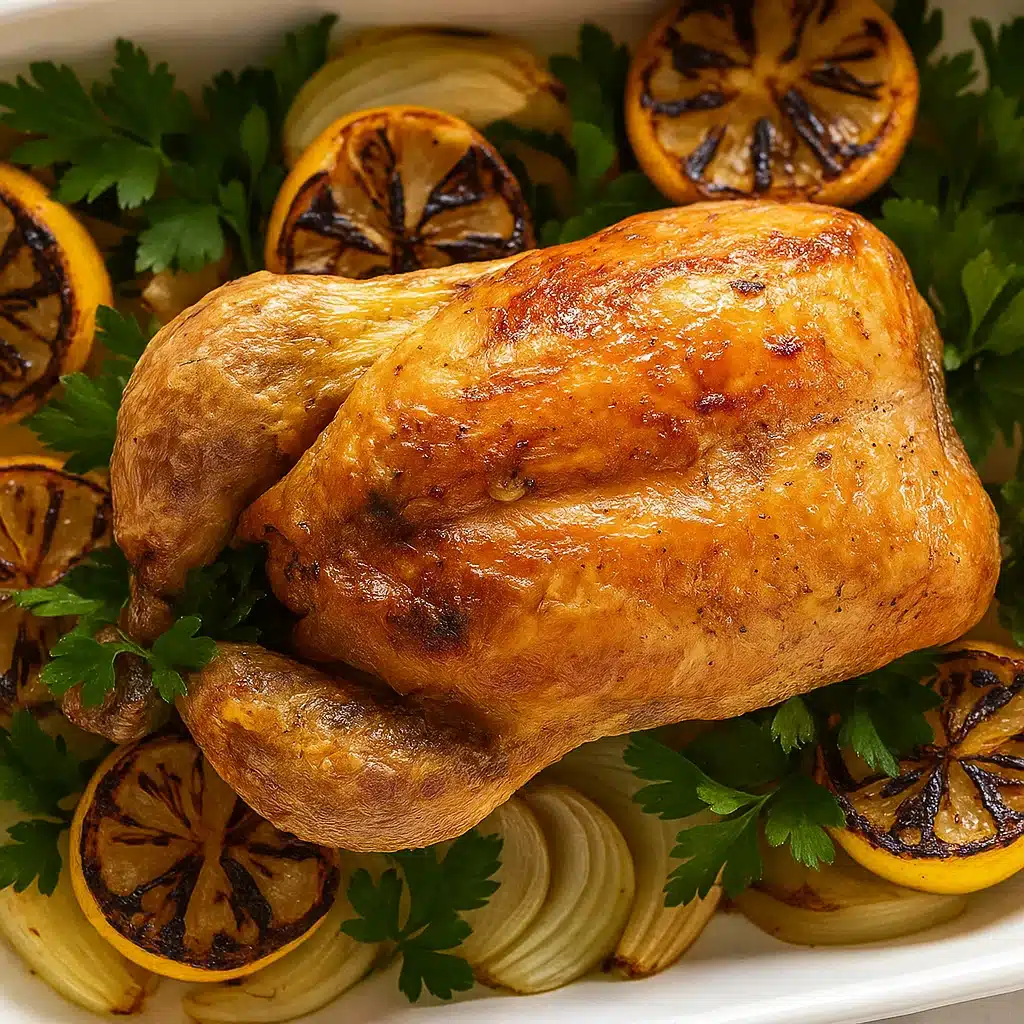Trending Recipes
10 Irresistible Reasons to Love rocket salad breakfast recipe for a Healthy Start
Have you ever thought salad could be a breakfast superstar? Sounds wild, right? But what if we told you that ...
2 Banana Bread Recipe: A Simple, Sweet Delight You’ll Love
Introduction: What’s the Secret to Perfect Banana Bread? Have you ever looked at those overripe bananas sitting on your kitchen ...
Air Fryer Steak: The Secret to Juicy, Perfectly Cooked Steak Every Time
Have You Been Cooking Steak Wrong This Whole Time? Think the only way to cook a juicy, restaurant-quality steak is ...
Alfredo Sauce: Is It Really Just Butter and Cheese?
Have you ever wondered how something as simple as butter and cheese can turn into a creamy, dreamy sauce that ...
Alice Springs Chicken Recipe
If you've ever dined at Outback Steakhouse, you might have encountered their famous Alice Springs Chicken. This dish, known for ...
All-Bran Muffin: A Healthy and Delicious Treat
Have You Ever Thought a Muffin Could Be Healthy AND Delicious? Muffins are often seen as sweet, indulgent treats, but ...
Apple Tarte Tatin: The Ultimate French Upside-Down Dessert
Have You Ever Flipped a Tart Upside Down? If you’ve never tried an apple tarte Tatin, you’re in for a ...
Applesauce Cake Recipe: Can a Simple Cake Be This Delicious and Healthy?
Have you ever wondered if there’s a dessert that can satisfy your sweet tooth and be good for you at ...
Authentic recipe from taiwan: Easy Braised Beef Noodle Soup at Home
Introduction: recipe from taiwan Have you ever wondered what makes a recipe from taiwan so special that people travel across ...

Hi! Lovers
Welcome to Carrie Recipes—your ultimate destination for culinary inspiration and practical cooking guidance. Whether you're a seasoned chef or a home cook looking to expand your skills, our carefully curated recipes, expert tips, and step-by-step instructions will help you create delicious meals with confidence. Let’s embark on a flavorful journey together!
More About Me
Latest Recipes
The Ultimate Peach Pecan Scones
Discover the secret to the most delectable Peach Pecan Scones you'll ever bake. Imagine a golden, buttery bite that gives ...
The Ultimate Peach-Raspberry Buckle: A Perfect Summer Dessert
There's a special kind of magic in a warm fruit dessert, especially one crowned with a golden, sugary crust. If ...
The Ultimate Homemade Chicken Shawarma Plate
Ever find yourself dreaming of that perfectly spiced, incredibly juicy chicken shawarma from your favorite Middle Eastern spot? What if ...
The Ultimate Hot Honey Chicken Recipe – 5 Easy Ways
Introduction The first time I made hot honey chicken, it was for a backyard cookout where crispy fried tenders met ...
The Best Marry Me Chicken Recipe
Introduction Marry Me Chicken is creamy, juicy, and packed with bold flavor. This dish brings together golden seared chicken and ...
Engagement roast chicken recipe Ina Garten
The Engagement roast chicken recipe Ina Garten made famous is the stuff of culinary legend, a dish rumored to be ...

